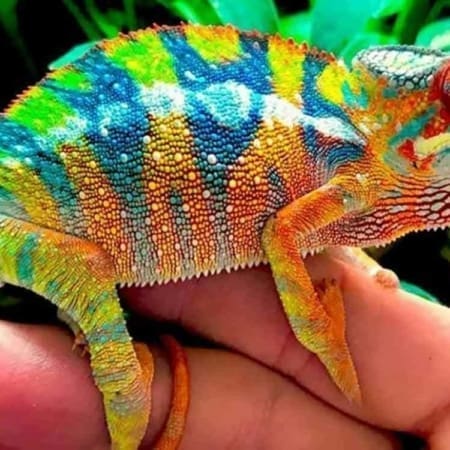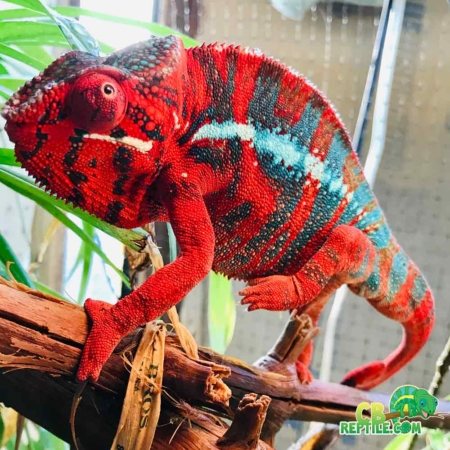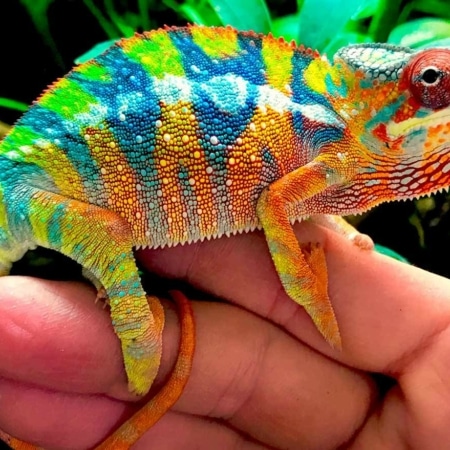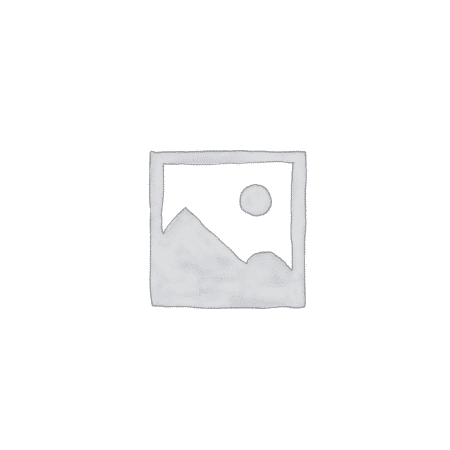Panther Chameleon Lighting, UVB & Heating Guide
Proper lighting and heating are essential to panther chameleon health. These reptiles depend entirely on external heat and ultraviolet radiation to regulate their body temperature, absorb nutrients, maintain strong bones, and support their immune system. Without a correctly designed lighting and heating setup, even a genetically strong captive-bred animal can experience severe long-term health issues including metabolic bone disease, dehydration, poor coloration, lethargy, and organ dysfunction.
This comprehensive guide breaks down everything a keeper needs to know about UVB placement, fixture selection, basking temperatures, daytime and nighttime environmental cycles, seasonal adjustments, safety considerations, and how to read a panther chameleon’s physical cues to fine-tune your setup. Whether you are upgrading an existing enclosure or preparing a habitat for a new arrival from the best panther chameleon breeder, this guide ensures your lighting system supports long-term success.
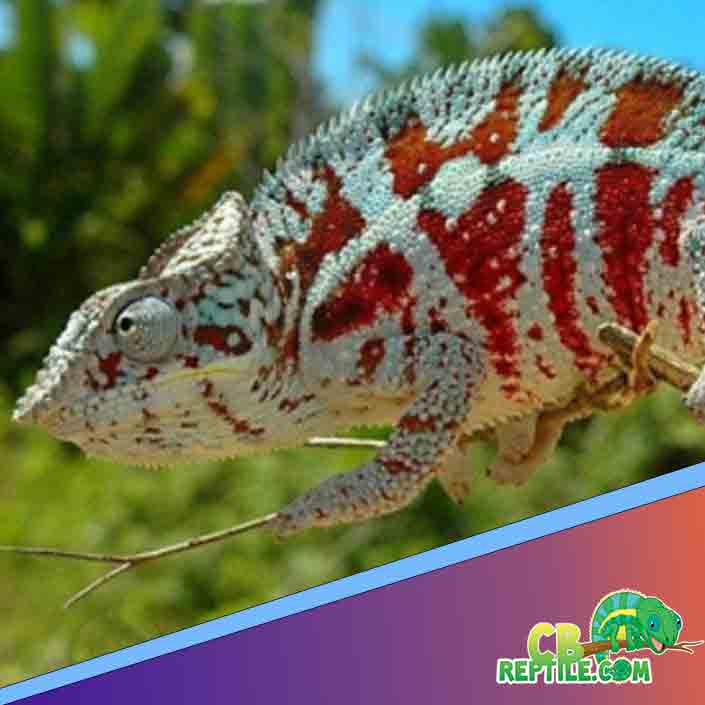
Understanding Why UVB is Essential
Panther chameleons are diurnal, meaning they are active during daylight hours and rely on sunlight for critical biological functions. In the wild, they naturally bask on branches where they receive a combination of heat and UVB radiation. UVB exposure allows the chameleon’s skin to synthesize vitamin D3, which enables proper calcium absorption. Without it, dietary calcium passes through their system unused, leading to brittle bones, deformities, seizures, and eventual organ failure.
Proper UVB light is not optional — it is a life-support system. Many new keepers underestimate this fact, which is why obtaining your chameleon from an established source that has raised the animal under correct lighting makes an enormous difference. Facilities offering chameleon for sale with documented husbandry protocols ensure the animal has already developed under appropriate UVB exposure.
Choosing the Correct UVB Fixture
Panther chameleons require linear-style UVB fixtures rather than small, compact coil bulbs. Linear UVB bulbs produce a wider, more natural spread of ultraviolet radiation and allow the keeper to create consistent gradients across the enclosure’s upper levels.
The best choices include:
- T5 HO linear UVB fixtures — The gold standard for adult panther chameleons.
- Arcadia 6% or 12% UVB bulbs
- Zoo Med ReptiSun 5.0 or 10.0 T5 HO bulbs
T5 bulbs penetrate deeper into the enclosure and maintain intensity longer than older T8 technology. A fixture length of 22–34 inches is ideal for adult enclosures, giving your chameleon multiple usable UVB zones as it moves horizontally and vertically.
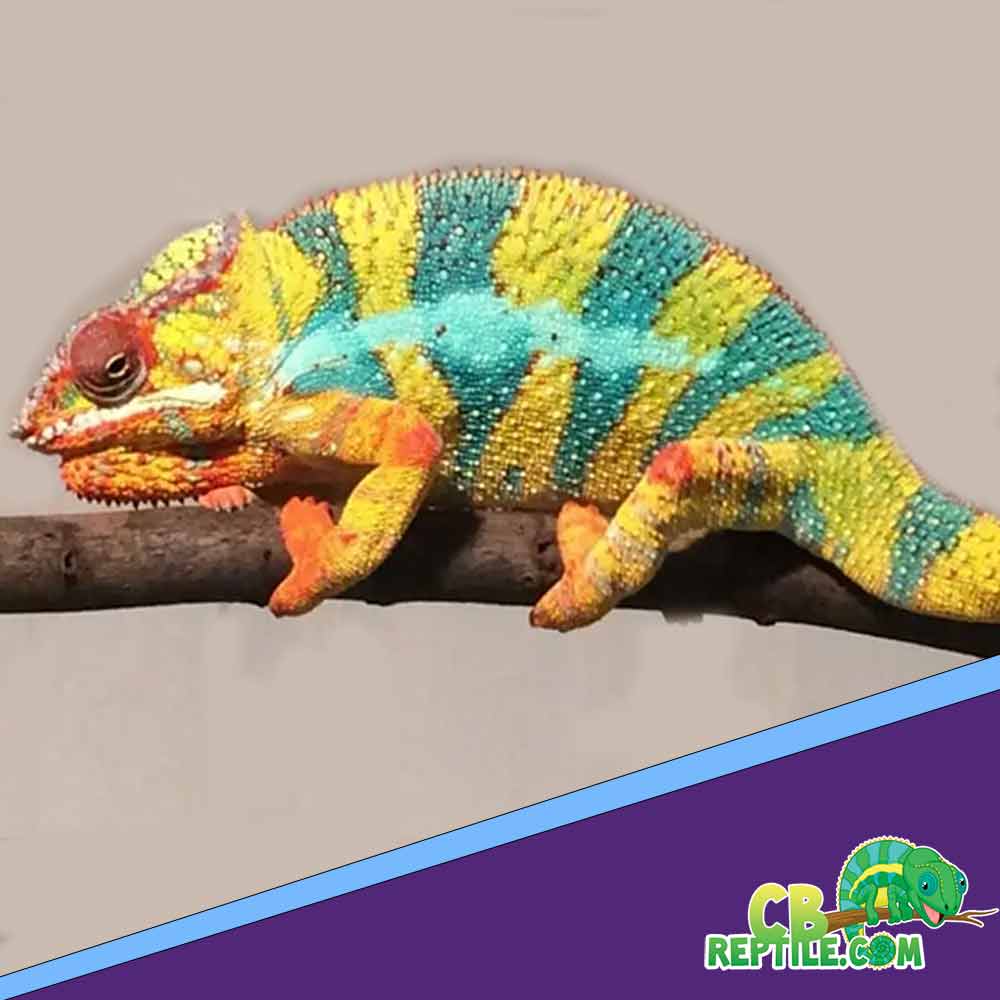
Positioning the UVB Fixture
The placement of your UVB fixture is just as important as the bulb type. UVB strength drops rapidly with distance, making the height of your basking branch crucial for proper exposure.
General UVB distance guidelines:
- Arcadia 6% T5 HO: 8–12 inches from the highest basking point
- Arcadia 12% T5 HO: 12–14 inches from the highest basking point
- ReptiSun 5.0 T5 HO: 8–10 inches from the basking point
- ReptiSun 10.0 T5 HO: 10–14 inches from the basking point
The basking branch should be carefully positioned beneath the UVB fixture to create a “zone” where natural sunlight exposure is mimicked. Do not place the branch too close — overexposure can burn the skin or cause eye irritation.
Creating a Multi-Zone Lighting System
The goal of proper lighting is not to heat the entire enclosure evenly, but to provide warm and cool zones that the chameleon can choose from. This means creating:
- A UVB gradient (strongest at the top, diminishing downward)
- A heat gradient (basking spot to cooler areas)
- Ambient lighting (LED plant lighting for overall brightness)
Panther chameleons navigate these gradients instinctively. A healthy animal will bask early in the morning, retreat to mid-level cover during peak heat, and return to exposed branches when it needs additional warmth or UVB exposure.
Basking Lights & Heat Lamps
Basking lights provide the heat component of the chameleon’s daily cycle. A panther chameleon cannot digest food properly without adequate warmth. Choose a standard incandescent heat bulb, halogen flood bulb, or specialized reptile basking lamp.
Recommended temperatures:
- Adult males: 88–92°F at the basking point
- Adult females: 82–88°F at the basking point
- Juveniles: 82–86°F
A digital thermometer or infrared temperature gun is mandatory. Never guess — temperature is too important.

Creating a Safe Basking Area
Chameleons use elevation to regulate exposure, so your basking branch should be positioned slightly below the UVB and heat lamp. Overheating occurs when branches are too close to intense heat sources or when fixtures create narrow, concentrated beams.
Safety guidelines:
- Ensure the chameleon cannot touch the lamp or climb onto its mesh.
- Use wide beams instead of intense spotlight-style heat.
- Place multiple interconnected branches near the basking zone so the chameleon can micro-adjust its height.
Proper basking design prevents burns, dehydration, and overheating — three of the most common emergency problems in chameleon care.

